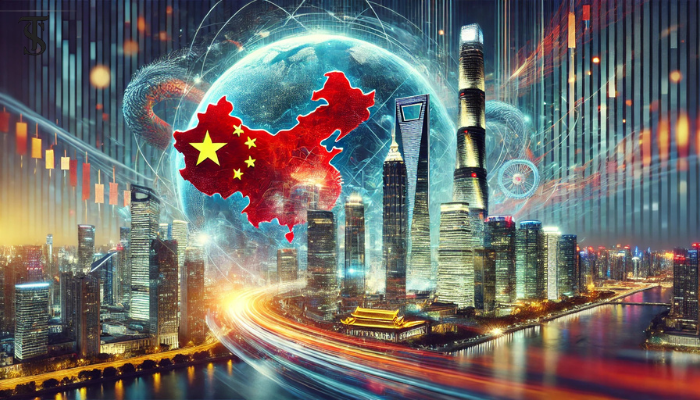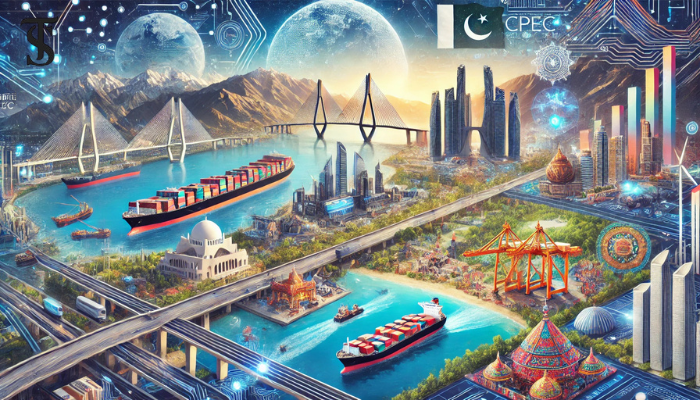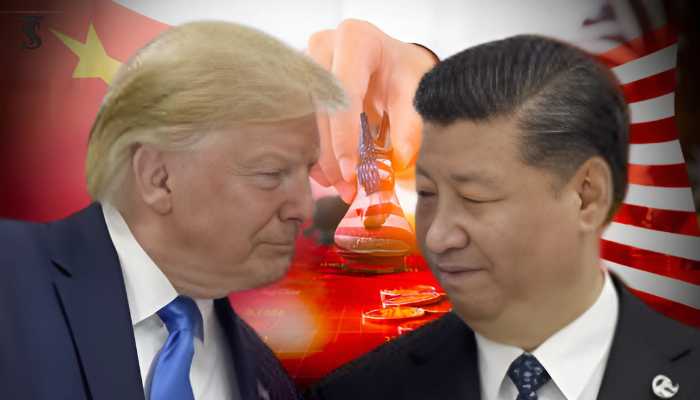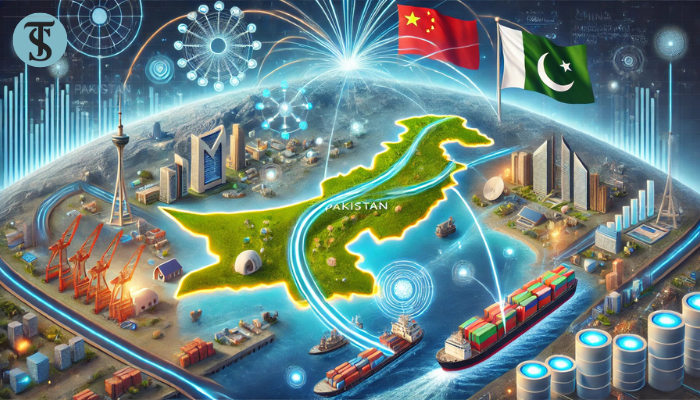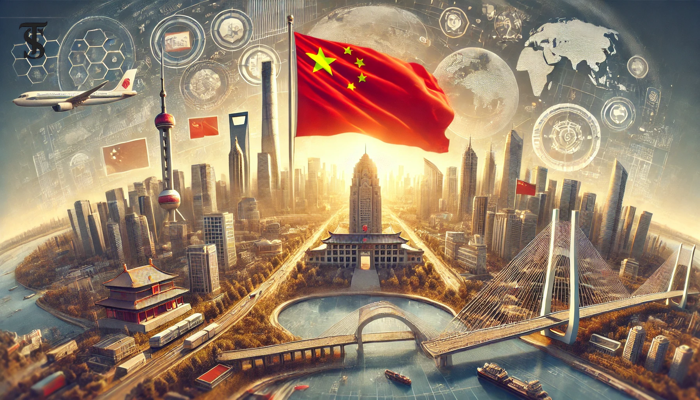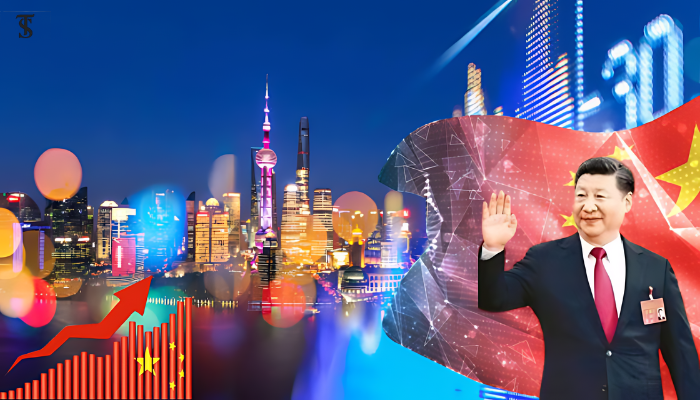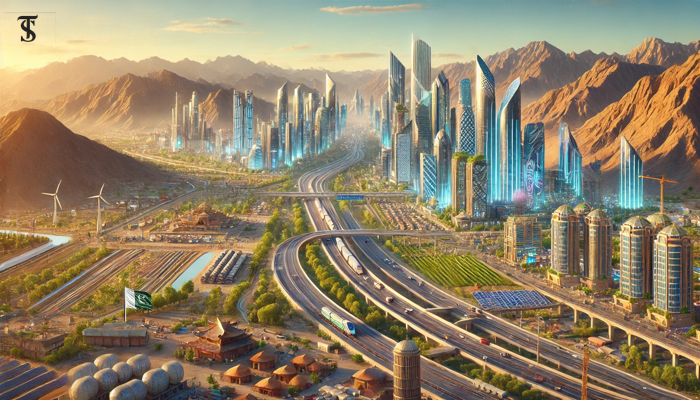The global shift from unipolarity to multipolarity is driven by China's rise, middle-power influence, and economic blocs like BRICS and…
Read More »CPEC
China's rise as a global power mirrors historic power transitions, marked by rapid economic growth, military modernization, and ideological contrasts…
Read More »Pakistan's geo-economic potential stems from its strategic location, linking South Asia, Central Asia, and the Middle East. Key opportunities include…
Read More »The Indo-Pacific region, connecting three continents, drives 60% of global GDP and 40% of global transshipment. It faces power rivalries…
Read More »Donald Trump 2.0 intensifies U.S.-China tensions, revisiting trade wars, Taiwan policy, and technological competition. Beijing faces challenges from Trump's unpredictability…
Read More »China's Digital Silk Road (DSR) is a key component of the Belt and Road Initiative (BRI), enhancing global digital infrastructure…
Read More »China’s rise in soft power marks a shift from traditional military dominance to cultural influence, economic initiatives, and diplomatic efforts.…
Read More »China’s rise exemplifies Sun Tzu’s idea of victory without conflict, built on economic, diplomatic, and cultural influence. Through initiatives like…
Read More »Pakistan’s shift from a geostrategic to a geo-economic foreign policy aims to leverage its location and resources for regional connectivity,…
Read More »Balochistan faces significant development challenges due to security issues, poor infrastructure, and sparse population. However, its mineral wealth, the China-Pakistan…
Read More »


